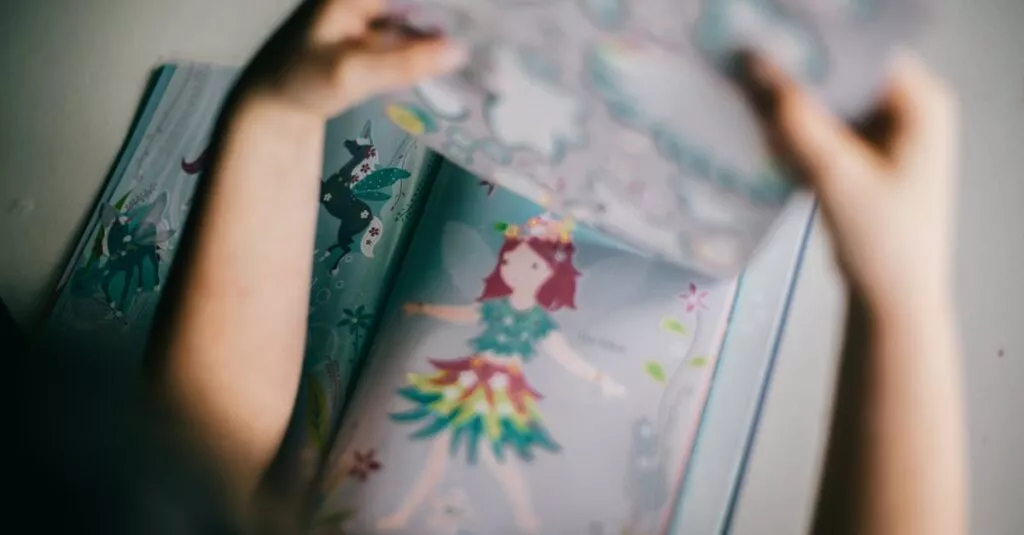Create Emotional Awareness
Creating emotional awareness is the first step to fostering empathy in toddlers. In their early years, children are like sponges, absorbing everything around them. Use this to your advantage by teaching them about different emotions. Show picture books with characters displaying various feelings. Name those emotions out loud, so they start to recognize them. Say things like, Look at that character, he’s feeling sad because he lost his toy. This helps toddlers understand and label their own feelings and those of others.
Encouraging discussions about their day and how different situations made them feel can be enlightening and hugely beneficial. For instance, you could ask, You look happy, did something exciting happen? This plants the seeds of empathy early on.

Lead by Example
Kids are expert imitators, and what they see you do, they’ll want to do too! Leading by example is a powerful way to teach empathy. Show kindness and consideration in your daily interactions. For example, express gratitude often, help someone in need, or show patience during frustrating situations.
When your toddler sees these behaviors, they’re more likely to replicate them. If you comfort a friend or family member who’s upset, explain what you’re doing to your child. Say, ‘I’m giving Aunt Emma a hug because she’s feeling sad.’ This way, toddlers learn that offering comfort is a way to show empathy.
Practice Active Listening
Active listening is a critical component of empathy. When your toddler talks, whether it’s about a scraped knee or their favorite toy, give them your full attention. Get down to their eye level to show you’re engaged. Respond with validating statements like, ‘That must have hurt,’ or ‘You really love that toy, don’t you?’ This not only helps your child feel valued but also teaches them to listen actively to others.
Try this at home by having family ‘listening’ time where each member shares a story, and others listen attentively. This practice can significantly enhance a toddler’s empathy skills over time.

Use Storytelling
Reading stories isn’t just about expanding vocabulary—it’s also a fantastic way to teach empathy. Choose books with strong emotional arcs and diverse characters.
- Discuss the characters’ feelings and actions after reading.
- Ask open-ended questions like, ‘Why do you think the character felt that way?‘ or ‘What would you have done?‘
These discussions encourage toddlers to put themselves in others’ shoes. You could also use puppets or role-playing to deepen their understanding. Just imagine your toddler giving a puppet a hug because it’s ‘feeling sad‘—adorable and educational!

Encourage Helping Activities
Encouraging your toddler to help others instills a sense of empathy and community spirit. Simple tasks like helping set the table, sharing toys, or comforting a sad playmate can make a big difference. Praise their efforts with comments like, ‘You were very kind to share your toy with your friend!‘ This positive reinforcement makes them more likely to continue these behaviors. On weekends, turn these activities into games by rewarding small acts of kindness with stickers or extra playtime. Over time, these small gestures build a habit of empathy, making it an intrinsic part of their character.

